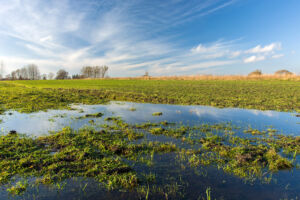
regulate – Sustainable Groundwater Management in Europe
The junior research group regulate investigates challenges in the management of groundwater in Europe against the background of acute drought, conflictuality and the complexity of institutional frameworks.


